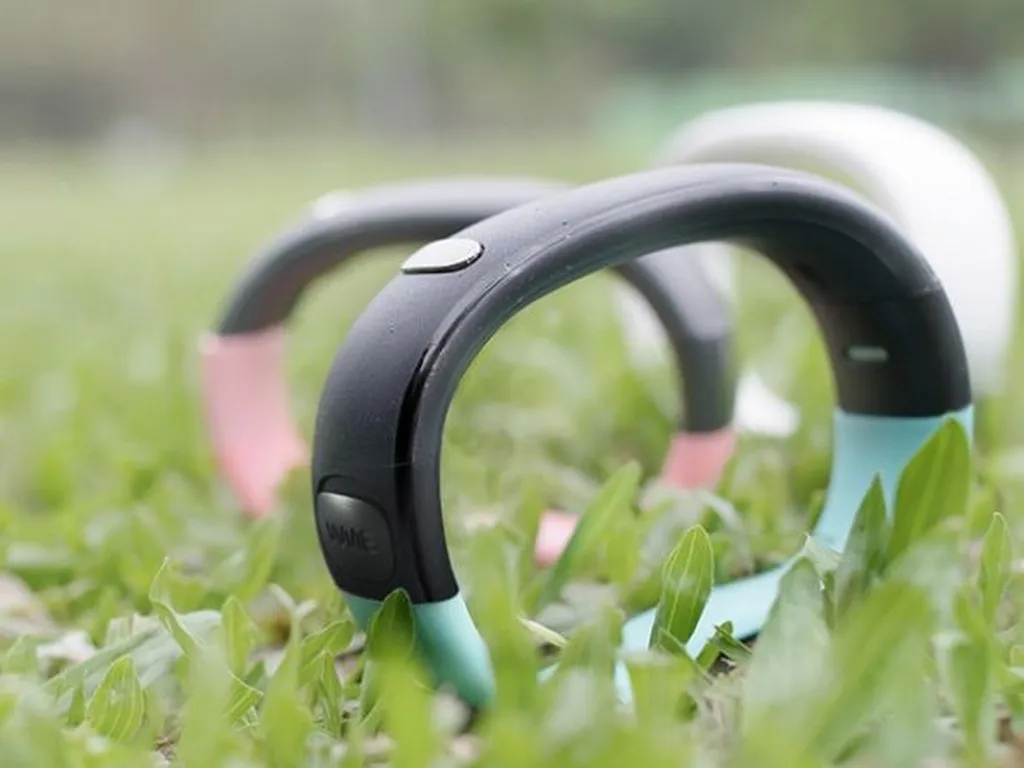In a significant stride towards revolutionizing plant assessment, researchers have developed a non-invasive, multimodal, and multiscale bioelectrical sensor system that promises to transform how we monitor crop health. This innovative technology, detailed in a study published in *Technologies*, addresses longstanding challenges in agriculture by detecting plant stress before visible symptoms appear, potentially saving farmers up to 40% in crop losses.
Traditional methods of plant assessment have been either invasive, damaging plant tissues, or reactive, identifying stress only after it becomes visible. This new system, however, integrates spectroscopy and tomography into a single platform, enabling simultaneous evaluation of multiple organs and capturing complete physiological responses across various scales. “This unified approach allows us to detect stress in plants before it becomes visible, giving farmers a crucial window to intervene and prevent crop loss,” said lead author Jonnel Alejandrino, from the Department of Electronics and Computer Engineering at De La Salle University in Manila, Philippines.
The system’s capabilities were validated on strawberry plants, achieving remarkable accuracy: 98.3% for fruit categorization, 95.8% for leaf water status, and 88.2% for stem productivity. Its tomographic performance reached resolutions of 2.6–2.8 mm for 3D root mapping and 2.8–3.0 mm for 2D postharvest fruit sorting. These results were corroborated with reference metrics, ensuring that the extracted features reflect genuine physiological variations.
The implications for the agriculture sector are profound. By enabling proactive, comprehensive plant monitoring, this technology could significantly enhance crop yields and sustainability. Farmers can now detect and address issues such as water stress, nutrient deficiencies, and disease before they escalate, leading to more efficient resource use and reduced environmental impact.
“This technology is a game-changer for precision agriculture,” Alejandrino explained. “It provides a holistic view of plant health, allowing for targeted interventions that can save crops and improve overall farm productivity.”
The integration of spectroscopy and tomography with complete frequency coverage and multi-organ capability addresses the fragmentation in current plant assessment methods. This unified platform sets a new standard for proactive plant monitoring, essential for sustainable agriculture.
As the agriculture industry continues to evolve, the adoption of such advanced technologies will be crucial in meeting the growing demand for food while minimizing environmental impact. This research not only shapes future developments in plant assessment but also paves the way for more resilient and productive agricultural practices.

